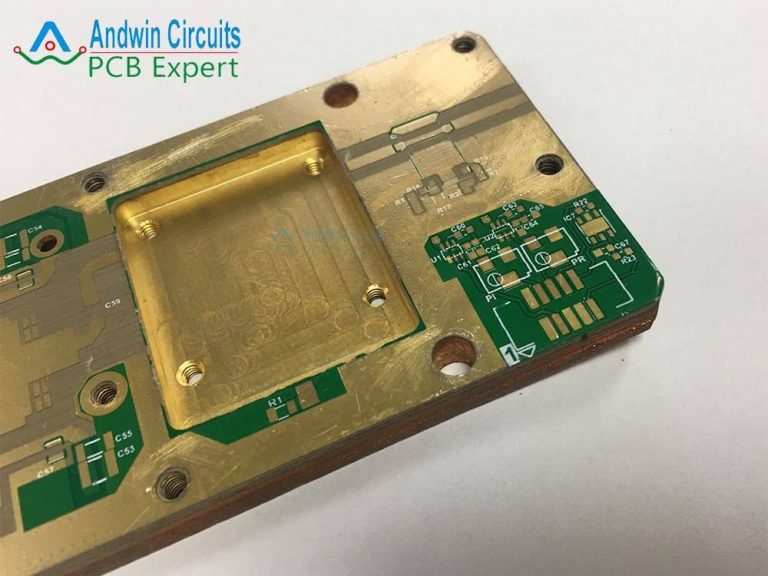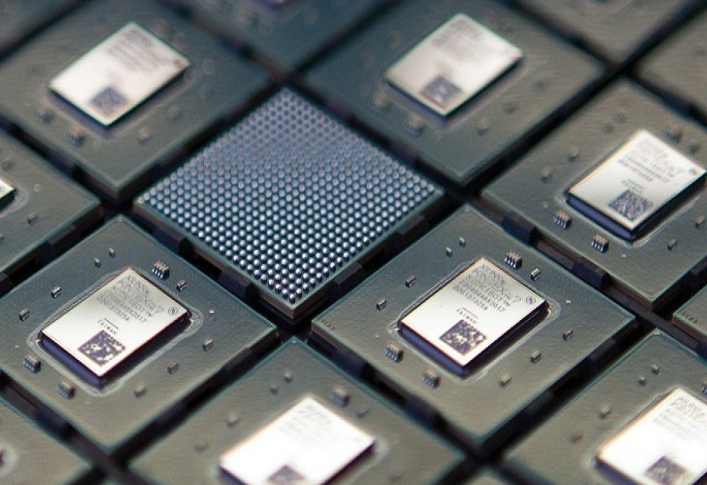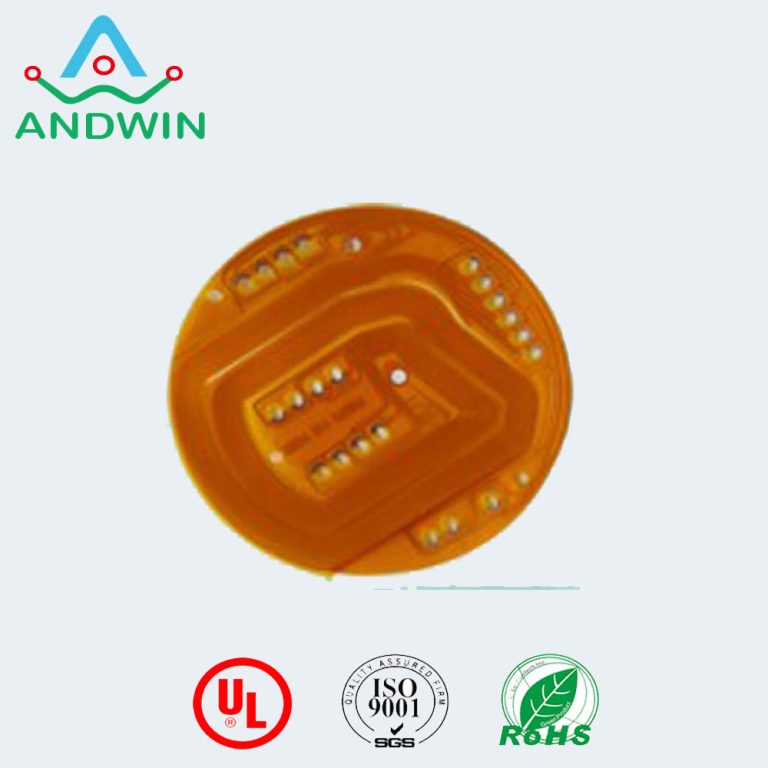Mounting components on a printed circuit board (PCB)
Mounting components on a printed circuit board (PCB) is a crucial step in the manufacturing process.
It involves attaching electronic components to the board to create a functional device.
The process of mounting components on a PCB requires precision
and attention to detail to ensure that the device operates efficiently and reliably.
There are several methods for mounting components on a PCB,
including through-hole mounting and surface mount technology (SMT).
Through-hole mounting involves drilling holes in the PCB and inserting components through the holes.
SMT, on the other hand, involves attaching components to the surface of the PCB using solder paste and a reflow oven.
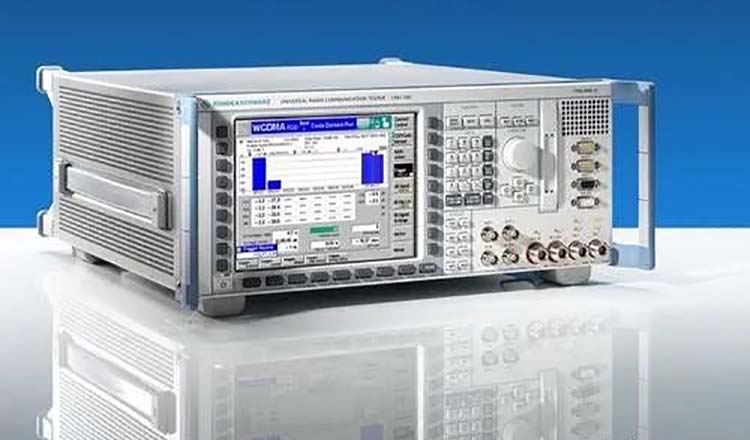
Regardless of the mounting method used, there are several components that are commonly mounted on a PCB.
These include resistors, capacitors, diodes, transistors, and integrated circuits (ICs).
Each component has its unique mounting requirements, which must be carefully considered during the manufacturing process.
Resistors are one of the most commonly mounted components on a PCB.
They are used to control the flow of current in a circuit and are available in a range of sizes and power ratings.
When mounting resistors on a PCB, it is essential to ensure that they are oriented correctly and that the leads are properly trimmed and soldered.
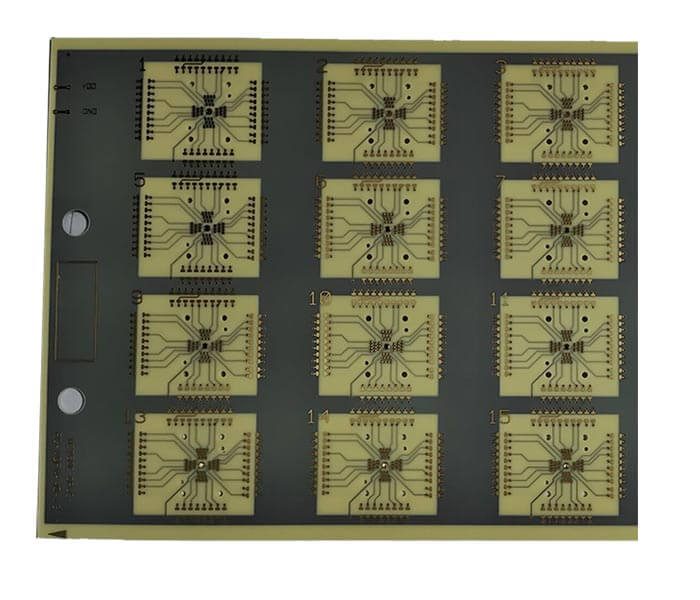
Capacitors are another essential component that is mounted on a PCB.
They are used to store and release electrical energy and are available in a range of capacitance values and voltage ratings.
When mounting capacitors on a PCB, it is essential to ensure
that they are oriented correctly and that the leads are properly trimmed and soldered.
Diodes are used to control the flow of current in a circuit and are available in a range of sizes and power ratings.
When mounting diodes on a PCB, it is essential to ensure that they are oriented correctly
and that the leads are properly trimmed and soldered.
Transistors are used to amplify or switch electronic signals and are available in a range of sizes and power ratings.
When mounting transistors on a PCB, it is essential to ensure that they are oriented correctly
and that the leads are properly trimmed and soldered.
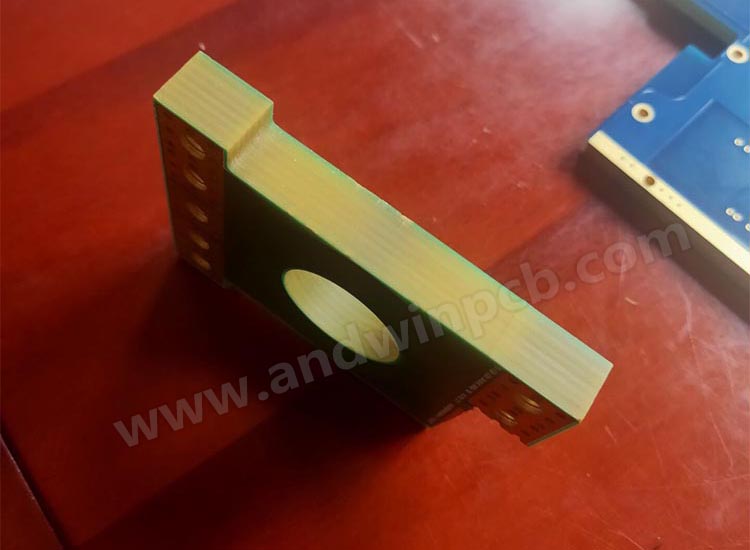
Integrated circuits (ICs) are complex electronic components that contain multiple transistors, resistors,
and capacitors. They are used in a range of electronic devices, including computers, smartphones, and televisions.
When mounting ICs on a PCB, it is essential to ensure that they are correctly oriented and that the leads are properly trimmed and soldered.
In addition to the components mentioned above, there are several other components that are commonly mounted on a PCB,
including connectors, switches, and LEDs. Each component has its unique mounting requirements,
which must be carefully considered during the manufacturing process.
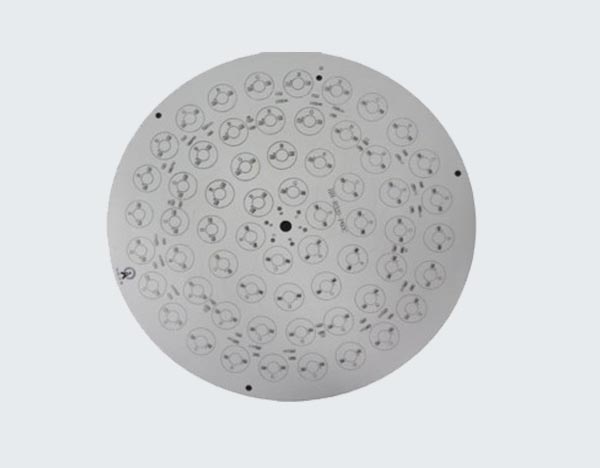
When mounting components on a PCB, it is essential to follow best practices to ensure that the device operates efficiently and reliably.
This includes using high-quality components, ensuring that the components are correctly oriented,
trimming and soldering leads correctly, and using the correct mounting method.
In conclusion, mounting components on a PCB is a crucial step in the manufacturing process.
It requires precision and attention to detail to ensure that the device operates efficiently and reliably.
By following best practices and carefully considering the mounting requirements of each component,
manufacturers can create high-quality electronic devices that meet the needs of their customers.




